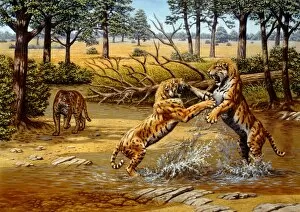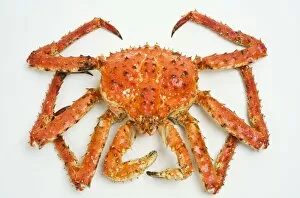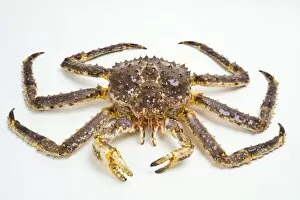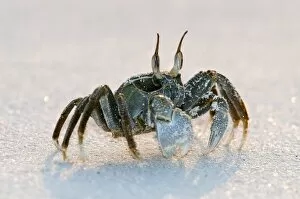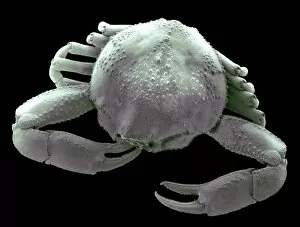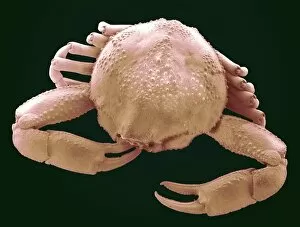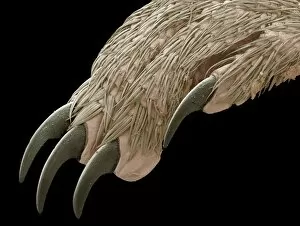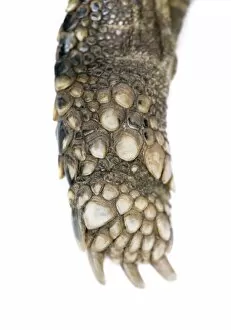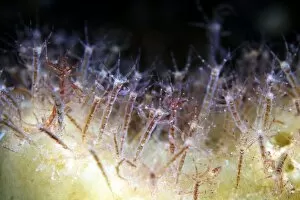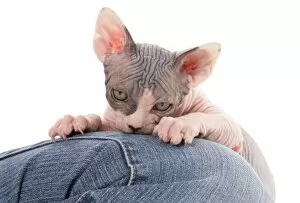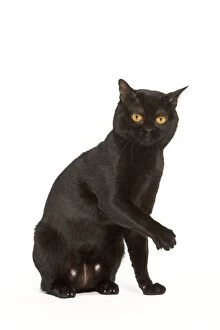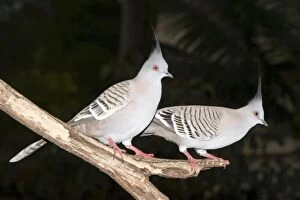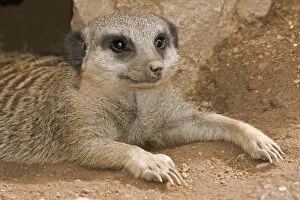Claws Collection (#18)
"Unleashing the Power: A Captivating Collection of Claws" Majestic and fierce
For sale as Licensed Images
Choose your image, Select your licence and Download the media
"Unleashing the Power: A Captivating Collection of Claws" Majestic and fierce, behold the Harpy Eagle's razor-sharp claws as it rules over Soberania National Park in Panama. Basset Hound Dogs - Two lying together, their gentle paws concealing hidden claws of loyalty and love. Lovecraft meets Aliens in a gripping tale from 1936, where otherworldly claws lurk in the shadows of imagination. Witness the tender bond between an adult Basset Hound and its playful puppy, their tiny paws hiding potential mischief. The Mad Robot emerges from Amazing Stories magazine cover with menacing metal claws ready to conquer all obstacles. Peering through an X-ray lens, discover the intricate structure of a lobster's formidable claw – nature's perfect weapon for survival. Graceful yet powerful, explore the sturdy legs and nimble feet that propel ostriches across vast landscapes with unmatched speed. The Elf Owl silently swoops down upon its prey with stealthy talons concealed beneath delicate feathers – nature's smallest predator packs a punch. As a tiger approaches with calculated grace, its lethal claws serve as both weapons and tools for survival in the wild jungle terrain. Enter a world where technology collides with madness as you encounter the fearsome presence of a Mad Metal Robot armed with deadly metallic claws. Marvel at the incredible adaptability showcased by chameleons' feet – each toe equipped with tiny but efficient grasping appendages known as "claws. " Perched amidst Atchafalaya Swamp's eerie ambiance, witness how Barred Owls' sharp talons ensure they reign supreme over this mystical North American habitat. From soaring eagles to prowling tigers; from fantastical robots to mysterious creatures lurking within our own world—these captivating captions unveil just a glimpse of the power and intrigue hidden within the realm of claws.






